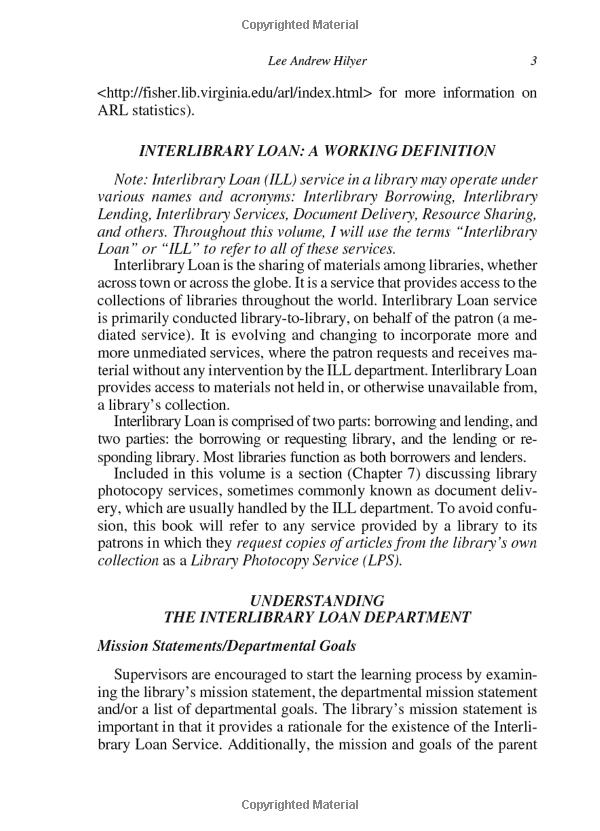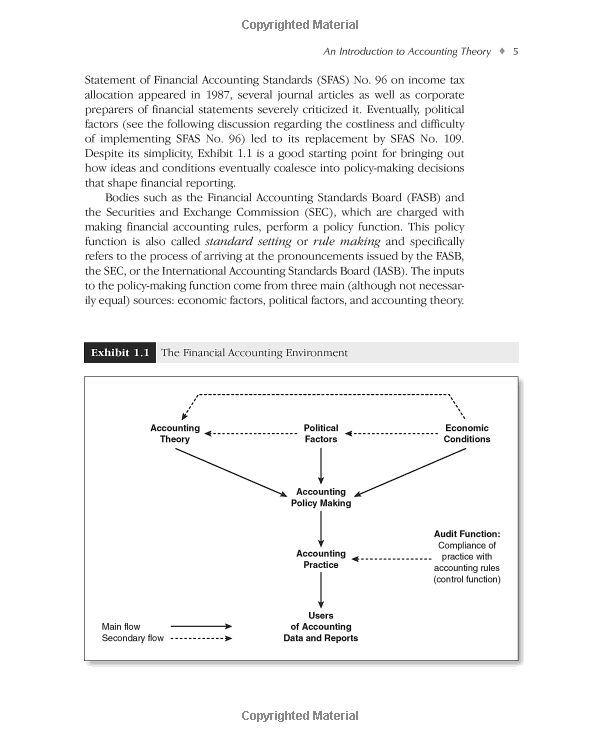Understanding the Essentials of a Loan Agreement with Collateral: A Comprehensive Guide
#### Loan Agreement with CollateralA **loan agreement with collateral** is a formal contract between a lender and a borrower that outlines the terms and con……
#### Loan Agreement with Collateral
A **loan agreement with collateral** is a formal contract between a lender and a borrower that outlines the terms and conditions under which a loan is provided, secured by an asset. Collateral serves as a safety net for the lender, ensuring that they can recover their funds in case the borrower defaults on the loan. This type of agreement is commonly used in various financial transactions, including personal loans, mortgages, and business financing.
#### What is Collateral?
Collateral refers to an asset or property that a borrower pledges as security for a loan. In the event of default, the lender has the right to seize the collateral to recover the outstanding debt. Common forms of collateral include real estate, vehicles, savings accounts, and other valuable assets. By offering collateral, borrowers may also benefit from lower interest rates and more favorable loan terms, as the lender's risk is significantly reduced.
#### Key Components of a Loan Agreement with Collateral
1. **Loan Amount**: This section specifies the total amount of money being borrowed. It is crucial for both parties to agree on this figure before proceeding.

2. **Interest Rate**: The agreement must clearly state the interest rate applicable to the loan. This can be fixed or variable, and it directly impacts the total repayment amount.
3. **Repayment Terms**: This outlines the schedule for repayment, including the duration of the loan, monthly payment amounts, and any penalties for late payments.
4. **Collateral Description**: A detailed description of the collateral is essential. This includes the type of asset, its value, and any relevant identification details (e.g., VIN for a vehicle or property deed for real estate).
5. **Default Clauses**: The agreement should specify what constitutes a default and the actions the lender can take if the borrower fails to meet their obligations. This often includes the right to repossess the collateral.
6. **Governing Law**: The agreement should specify which jurisdiction's laws will govern the contract, ensuring clarity in case of legal disputes.

#### Benefits of a Loan Agreement with Collateral
- **Lower Interest Rates**: Since the lender has an asset to fall back on, they may offer lower interest rates compared to unsecured loans.
- **Higher Loan Amounts**: Borrowers may qualify for larger loans when collateral is involved, as the lender has reduced risk.
- **Improved Approval Chances**: Individuals with a less-than-perfect credit history may find it easier to secure a loan when they provide collateral.
#### Risks and Considerations

While a loan agreement with collateral can be beneficial, it is essential for borrowers to understand the risks involved. If the borrower defaults, they risk losing the pledged asset. Therefore, it is crucial to assess one’s financial situation and ensure that loan repayment is manageable.
#### Conclusion
A **loan agreement with collateral** is a valuable financial tool that can provide access to necessary funds while minimizing risk for lenders. Understanding its components, benefits, and associated risks is vital for anyone considering this type of agreement. By carefully evaluating the terms and ensuring that repayment is feasible, borrowers can leverage collateral to their advantage and secure the financing they need. Always consult with a financial advisor or legal professional before entering into any loan agreement to ensure that you fully understand your obligations and rights.